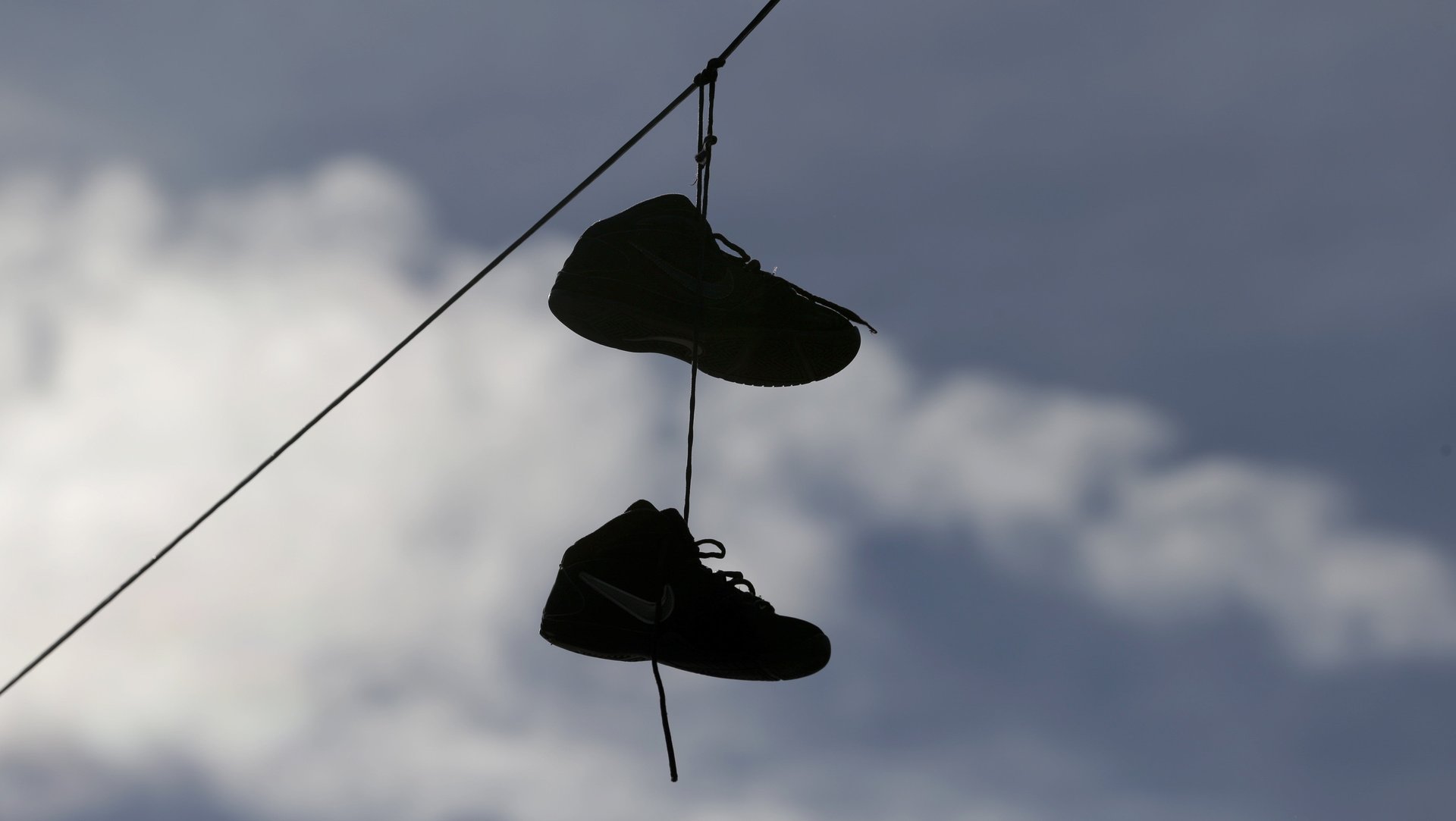Startups, take heed from hip-hop: Sampling holds the key to success
Hip-hop was founded on the notion of borrowing the best parts of earlier songs and putting your own spin on them. Take what is considered the original rap record, “Rapper’s Delight,” by the Sugar Hill Gang, which is borrowed from Chic’s “Good Times.” Or DJ Jazzy Jeff and the Fresh Prince’s “Summertime” which interpolated Kool and the Gang’s “Summer Madness.” The first hip-hop performances were literally DJ’s playing a small instrumental break of a given song on a turntabIe and then playing, back-to back, the same piece of music from a separate copy of the record. Back and forth, they spliced as a performer, or MC, rapped on top of the music. Today, we call this borrowing “sampling.” It was this practice that led me to win my first Grammy in 2006 for producing Kanye West’s, “Diamonds (from Sierra Leone),” which sampled an old Shirley Bassey record that I bought on a whim for $4.99.


Hip-hop was founded on the notion of borrowing the best parts of earlier songs and putting your own spin on them. Take what is considered the original rap record, “Rapper’s Delight,” by the Sugar Hill Gang, which is borrowed from Chic’s “Good Times.” Or DJ Jazzy Jeff and the Fresh Prince’s “Summertime” which interpolated Kool and the Gang’s “Summer Madness.” The first hip-hop performances were literally DJ’s playing a small instrumental break of a given song on a turntabIe and then playing, back-to back, the same piece of music from a separate copy of the record. Back and forth, they spliced as a performer, or MC, rapped on top of the music. Today, we call this borrowing “sampling.” It was this practice that led me to win my first Grammy in 2006 for producing Kanye West’s, “Diamonds (from Sierra Leone),” which sampled an old Shirley Bassey record that I bought on a whim for $4.99.
But it goes beyond the music industry. Sampling, when done well, is also a great business strategy. Just as in music, sampling let’s you take the best of what has worked and add recent technology or new personality. It lets you learn from other’s mistakes and avoid some initial adoption risk. Indeed, in the simplest sense, one can participate in a market moreso in the “early majority” phase of the adoption curve, where there’s generally less risk and more growth. Investors should take heed to strategic positioning within this risk and opportunity paradigm as well.

Nigo started A Bathing Ape, or Bape, by selling self-made t-shirts at Tokyo hip-hop shows. But business really took off when he started selling the Bapesta sneaker, a direct copy of the uber-popular classic Nike Air Force 1. This sample was so successful that not only was it the genesis of what became a global clothing brand but it spawned a whole market segment of “reimagined” clones (Gourmet Footwear, etc.). Nike, one of the best marketers in the world, recognized the value of good sampling and instead of suing Bape or making them stop production, they invested millions in the fledgling apparel company.
I recently saw the CNBC documentary, Welcome to Macintosh, regaling the birth and ascension of Apple. One scene stuck out in which Guy Kawasaki, one of Apple’s first ambassadors, told a story about going into electronics stores after the explosive release of the iPod and seeing all of the mp3 players. Some had extra bells and whistles but they generally weren’t very attractive and didn’t stand out. He asked a great question, “Why aren’t any of these companies copying the iPod?” It seems simple—copy the market leader. Indeed, Apple itself has become an icon in many categories by sampling.
Is this a cry against complete innovation, that is, technological movement from 0 to 1? Is it a pass to steal intellectual property or blatantly copy? NO. The concept is to use customer feedback from prior work to distill customer needs and preferences in tandem with brand/technology/cultural innovation and even remixing or combining components, ideas or materials (like an iPod and a phone). One doesn’t have to start from a completely blank slate in order to succeed or innovate.
By sampling a classic, whether it’s a song or a shoe design, its important to pay homage to the original. Because oftentimes, what you’re really sampling is the emotional tie that the class represents. When interpolating a not-as-known product for functional reasons that respect isn’t necessary but the most important thing is to learn from your predecessors and add your own twist and make it your own.(i.e. as Tommy Hilfiger did with Ralph Lauren or early British rock with American Black R&B) .
That applies to both product and strategy. Steve Blank, the legendary Silicon Valley entrepreneur and academic, wrote a great article about the first mover disadvantage, how those first to market are taking the chance that they can nail the customer’s needs on the first shot. In contrast, “fast followers” have the benefit of learning from the first’s mistakes. I’m sure Mark Zuckerberg would agree with that.
The point is that first to market is a fallacy. When we go to develop new products or strategies, it’s not always necessary to reinvent the wheel. Sometimes it makes sense to look around you and see what’s working and what isn’t. Sometimes it makes sense to invest in second, third or fourth movers who actually learn from their predecessors. Sometimes it makes sense to pay $4.99 for a dusty record that may change your life.